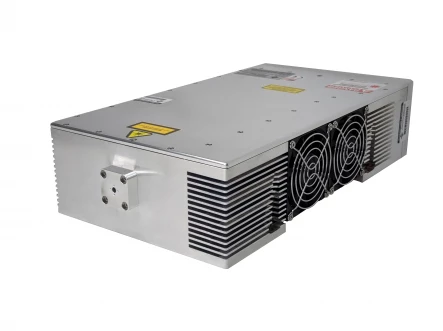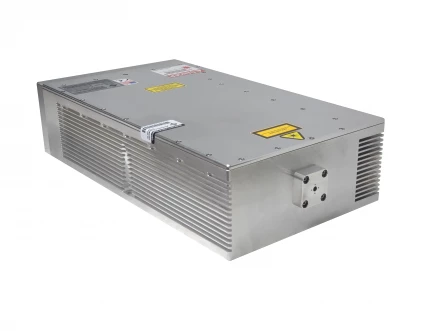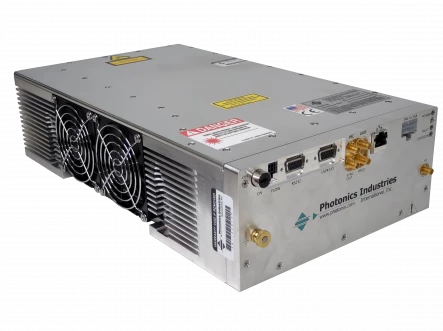Description
The SN IR/Green/UV Series Sub-nanosecond Lasers by Photonics Industries represent a groundbreaking advancement in laser technology. As a pioneer in intracavity UV and green generation, Photonics Industries leverages over 28 years of manufacturing expertise and a global footprint with tens of thousands of shipments. This series offers the most extensive selection of sub-nanosecond (ns) lasers available, with power outputs ranging from 30W to 100W at 1064nm, 16W to 60W at 532nm, and 10W to 40W at 355nm in water-cooled versions. Additionally, air-cooled versions are available with 10W at 1064nm, 5W at 532nm, and 3W at 355nm, catering to diverse operational needs.
The SN Series is designed to bridge the gap in high-power laser availability within the subnanosecond pulse width range, approximately 50 picoseconds to 5 nanoseconds. These lasers are particularly advantageous for micromachining and LIDAR applications, which have traditionally been limited to only a few Watts of average power. Photonics Industries now provides a unique high-intensity solution, offering high brightness and peak power for innovative laser-based material processing, research, and scientific applications.
The extended pulse widths of the SN lasers allow for operation at higher pulse energies and lower repetition rates compared to conventional 10 to 20 picosecond lasers, enhancing their versatility and performance. The SN Series is engineered to deliver exceptional beam quality and stability, ensuring precise and reliable operation. With a compact, all-in-one form factor, these lasers are designed for ease of integration and use in various environments.
The diode-pumped technology and harmonic options available (532nm and 355nm) further enhance the flexibility and capability of the SN Series, making it a preferred choice for professionals seeking cutting-edge laser solutions.
SN Series Subnanosecond Lasers
Specifications
| Avg. Power: | 3 W |
|---|---|
| Wavelength: | 355 nm |
| Repetition Rate: | 0.001 – 8000 kHz |
| Spatial Mode (M^2): | 1.3 |
| Pulse Duration: | 0.05 ns |
| Pulse-to-Pulse Stability (RMS): | 2 % |
| Cooling: | Water-to-Water, Water-to-Air, Air |
Features
- High Power Output: Up to 100W of power at 1064nm.
- Pulse Energy: Up to 3mJ of pulse energy at 1064nm.
- Sub-nanosecond Pulse Width: Specifiable from ~50ps to 5ns.
- Versatile Repetition Rate: From single shot to 8MHz.
- Excellent Beam Quality: M2 < 1.3.
- Cooling Options: Available in air-cooled and closed-loop chilled versions.
- Compact Design: Small, compact all-in-one form factor.
- Advanced Technology: Diode-pumped technology.
- Harmonic Options: Available for 532nm and 355nm wavelengths.
- Low Jitter: Less than 500ps.
- Burst Mode: Available for enhanced performance.
Applications
- Glass and Sapphire Processing: Cutting, drilling, and scribing for display and optical components
- Semiconductor Manufacturing: Scribing, dicing, and thin-film removal
- Electronics and PCB Fabrication: Precision structuring and drilling
- Solar Cell Production: High-efficiency scribing and drilling processes
- Medical Device Manufacturing: Micromachining for cutting, drilling, and marking
- Advanced Materials Processing: Metals, ceramics, composites, and carbon fiber
- Emerging Technologies: 3D LiDAR, ink-jet nozzle drilling, and nanotexturing
Frequently Asked Questions
What is the power range of the SN Series Subnanosecond Lasers?
What is the pulse energy range of the SN Series Subnanosecond Lasers?
What is the pulse width range of the SN Series Subnanosecond Lasers?
What is the repetition rate range of the SN Series Subnanosecond Lasers?
What are the applications of the SN Series Subnanosecond Lasers?
Similar Products

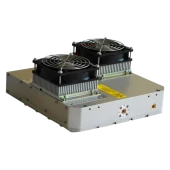
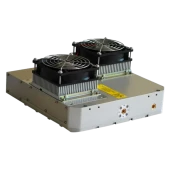
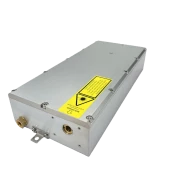
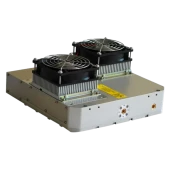
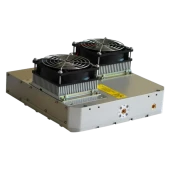
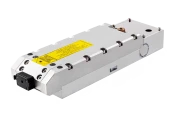
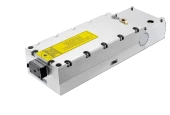
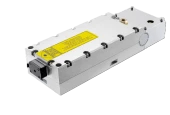
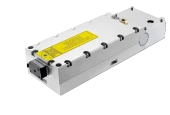
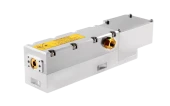
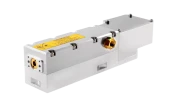
Your inquiry has been received.
Create an account by adding a password
Why create an account?
- Auto-complete inquiry forms
- View and manage all your past messages
- Save products to your favorites
- Close your account anytime — no hassle
